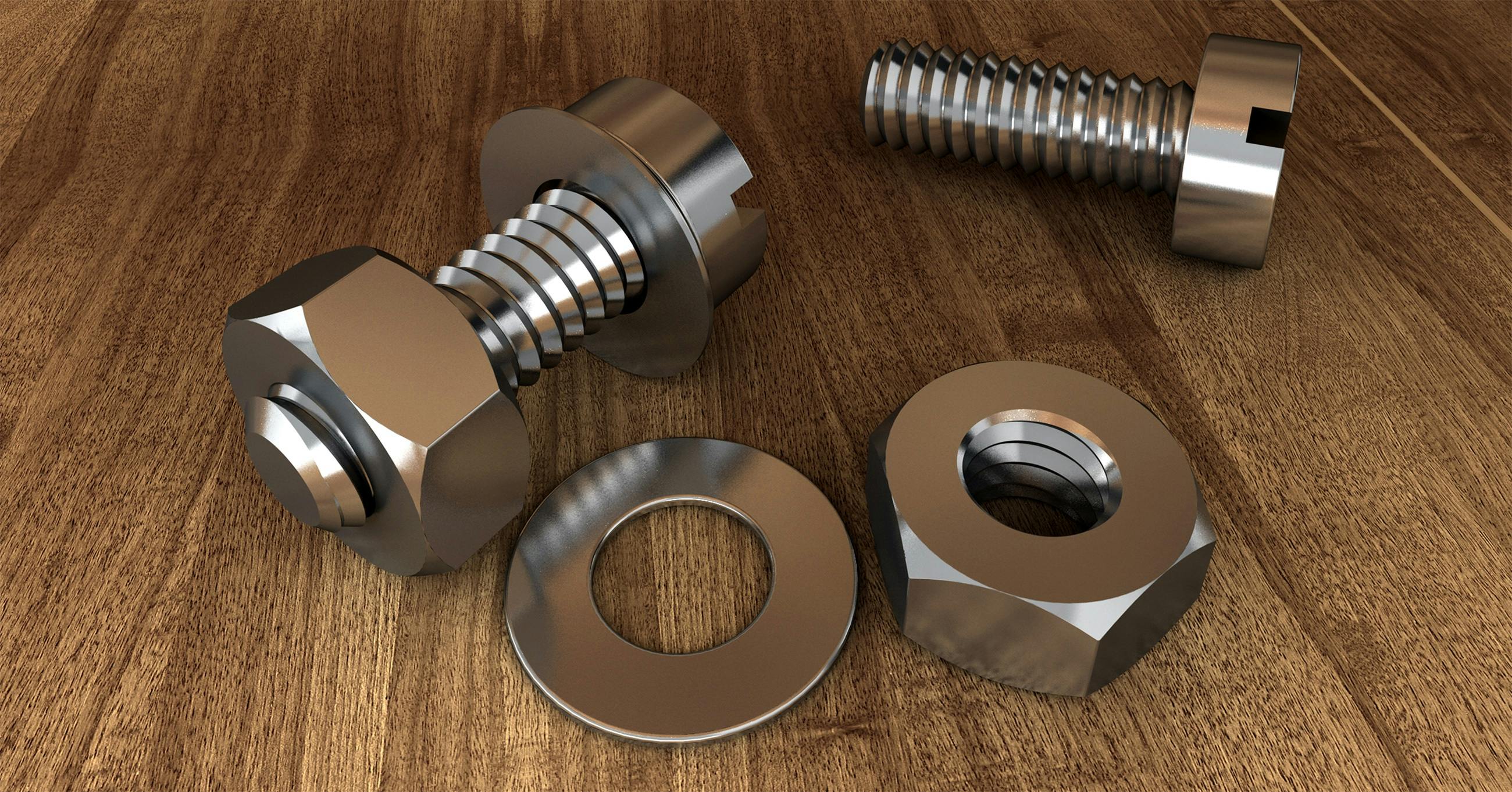
A taste of Bologna
Caveat! This article has nothing to do with the horrible meat in the sandwich.
After battling rush hour congestion, some GPS misinformation, tiny crowded streets, and a commercial strip packed with strolling groups on a Saturday night, listening to “buonasera signora” is immediately relaxing!
Thus began the visit to Bologna. Arriving on a Saturday, at the height of late-night shopping and the start of “apero” (cocktail) time, was quite an adventure. However, once installed in the very central Hotel Metropolitan, with a map of the city in hand and some restaurant suggestions, we ventured out into the crowded streets. Bologna is located in northern Italy, it is the capital of the Emilia-Romagna region. Bologna was called Felsina at the time of the Etscans and was later renamed Bononia under the Romans. Bologna is home to the oldest university in the world, dating back to 1088. Today, Bologna continues to have a strong student population.
We walked the short distance along Via del l’Independenza to the famous Piazza Maggiore. This street is wide and lined with low-cost retail stores and a mix of coffee shops and fast food chains; not that impressive. Piazza Maggiore is a beautiful medieval square, surrounded by several palaces and the Basilica of San Petronio. The buildings were built in the Romanesque and Gothic styles between 1200 and 1400. Piazza Maggiore and the Fontana del Nettuno are beautiful during the day and at night, however the area is also very crowded (even in March). Continuing to Piazza Galvani, shopping moves in a distinctively upscale fashion and the crowds thin.
The next morning, after a bit of a boost from the hotel breakfast buffet and a decent cappuccino, it was time to explore. Bologna has a well-preserved historic center, despite heavy bombing damage in World War II. There are ancient towers, churches, large squares and 37 km of porticoes. This city is so photogenic, be sure to bring your camera to capture changes in light and shadows along your way. The historical center can be easily visited on foot, since most of the places of interest are quite concentrated. There are countless museums that appeal to all tastes and fetishes; such as the Museum of Human Anatomy, the Museum of Physics, the Museum of Military Architecture, etc. Given the time constraints with only one day, we ruled out the museums.
Here is a short list of “things to do”:
- Main Square – because of the large size and bustling level of activity
- Basilica of San Petronio – although it is not the most beautiful, it is one of the largest in medieval construction
- due torri – built in the 12th century, there used to be 100 towers that made up a defensive system – only 20 remain today. You can climb to the top of the Torre degli Asinelli, the view is worth it!
- porticoes – there are 37km of arcades offering protection from the elements and the summer heat. Some of the porticoes are in better condition than others, but most offer some unique photo opportunities.
- University area – worth the walk though not the biggest attraction
- old streets- Via Santo Stefano, Via San Vitale, Strada Maggiore – walk these streets and the little lanes in between to get a taste of Bologna ‘then and now’
- Tamburini – a classic Bologna deli, restaurant and cafeteria – to taste typical Bologna ingredients
- Zanarini Cafe – Lively cocktail scene and great coffee.
- View from San Luca – located on top of a hill, this cathedral is linked to the old town by a long series of 666 porticoes (we suggest you drive up the hill)
Bologna is known as a city with a strong culinary reputation. This is not a light kitchen; there is a heavy emphasis on meat, cheese, and pasta. There is an almost addiction to cured pork; like prosciutto, salami and mortadella. Pasta comes in all varieties, with the ragout bolognese as the most famous The local region is also known for its Parmesan cheese, Modena balsamic vinegar and, of course, its excellent wines.
So an early morning visit to the Mercato delle Erbe is a foodie treat. This indoor market is easy to miss, the signage is far from obvious, and the building is tucked away from the bustling Via Ugo Bassi, a retail strip and fast food. Once you find the gateway market, you immediately know that you are in another world; the smells are fresh, the variety of colors is inviting and there is a feeling that you really are closer to the source of your food. There are about 70 stalls; the central core of the market is dedicated mainly to fruits and vegetables. The outer walls and two wings are where the most special items are found; cheeses, pastas, sausages, bread, fish, meat, etc. If you decide to go to the market, check the hours, since “generally” it opens early in the morning, early in the afternoon and closes on Sundays (although there is some flexibility in the hours).
Bologna is a city well worth visiting and ideally with more time than we allow.